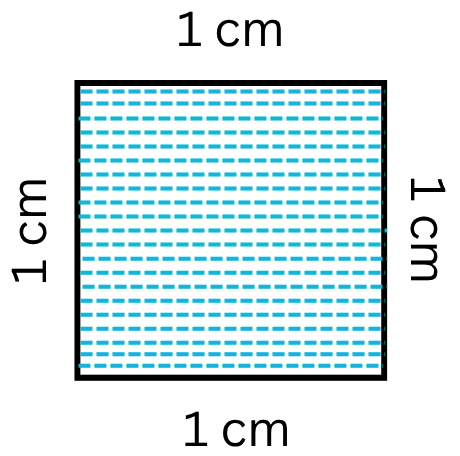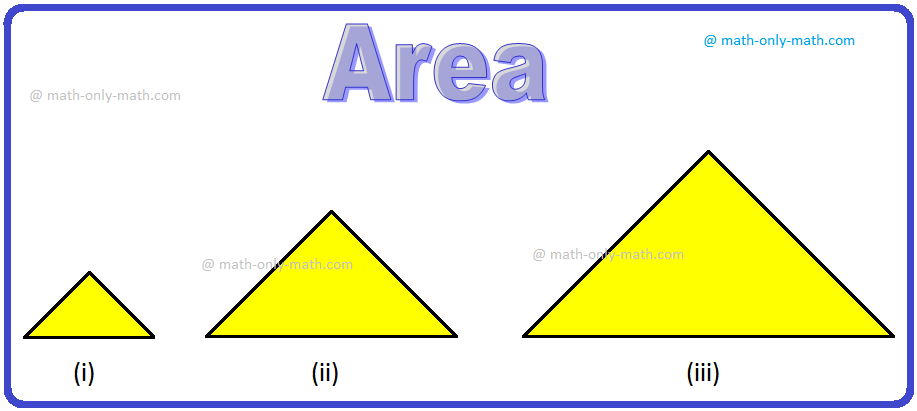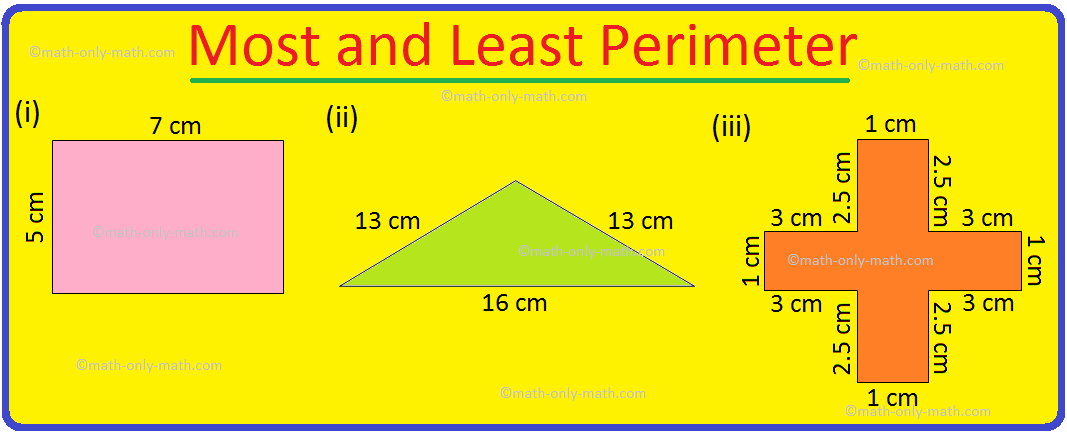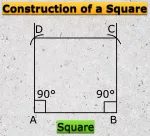Subscribe to our ▶️YouTube channel🔴 for the latest videos, updates, and tips.
Home | About Us | Contact Us | Privacy | Math Blog
Major and Minor Axes of the Ellipse
We will discuss about the major and minor axes of the ellipse along with the examples.
Definition of the major axis of the ellipse:
The line-segment joining the vertices of an ellipse is called its Major Axis.
The major axis is the longest diameter of an ellipse.
Suppose the equation of the ellipse be x2a2 + y2b2 = 1 then, from the above figure we observe that the line-segment AA’ is the major axis along the x-axis of the ellipse and it’s length = 2a.
Therefore, the distance AA' = 2a.
Definition of the
minor axis of the ellipse:
The shortest diameter of an ellipse is the minor axis.
Suppose the equation of the ellipse be x2a2 + y2b2 = 1 then, putting x = 0 in equation we get, y = ± b. Therefore, from the above figure we observe that the ellipse intersects y-axis at B (0, b) and B’ (0, - b). The line segment BB’ is called the minor Axis of the ellipse. The minor axis of the ellipse x2a2 + y2b2 = 1 is along the y-axis and its length = 2b.
Therefore, the distance BB' = 2b.
Solved examples to find the major and minor axes of an ellipse:
1. Find the lengths of the major and minor axes of the ellipse 3x^2 + 2y^2 = 6.
Solution:
The given equation of the ellipse is 3x2 + 2y2 = 6.
Now dividing both sides by 6, of the above equation we get,
x22 + y23 = 1 ………….. (i)
This equation is of the form x2a2 + y2b2 = 1 (a2 > b2), where a2 = 2 i.e., a = √2 and b2 = 3 i.e., b = √3.
Clearly, a < b, so the major axis = 2b = 2√3 and the minor axis = 2a = 2√2.
2. Find the lengths of the major and minor axes of the ellipse 9x2 + 25y2 - 225 = 0.
Solution:
The given equation of the ellipse is 9x2 + 25y2 - 225 = 0.
Now form the above equation we get,
3x2 + 2y2 = 225
Now dividing both sides by 225, we get
x225 + y29 = 1 ………….. (i)
Comparing the above equation x225 + y29 = 1 with the standard equation of ellipse x2a2 + y2b2 = 1 (a2 > b2) we get,
a2 = 25 ⇒ a = 5 and b2 = 9 ⇒ b = 3.
Clearly, the centre of the ellipse (i) is at the origin and its major and minor axes are along x and y-axes respectively.
Therefore, the length of its major axis = 2a = 2 ∙ 5 = 10 units and the length of minor axis = 2b = 2 ∙ 3 = 6 units.
● The Ellipse
- Definition of Ellipse
- Standard Equation of an Ellipse
- Two Foci and Two Directrices of the Ellipse
- Vertex of the Ellipse
- Centre of the Ellipse
- Major and Minor Axes of the Ellipse
- Latus Rectum of the Ellipse
- Position of a Point with respect to the Ellipse
- Ellipse Formulae
- Focal Distance of a Point on the Ellipse
- Problems on Ellipse
11 and 12 Grade Math
From Major and Minor Axes of the Ellipse to HOME PAGE
Didn't find what you were looking for? Or want to know more information about Math Only Math. Use this Google Search to find what you need.
Recent Articles
-
Worksheet on Area of a Square and Rectangle | Area of Squares & Rectan
Jul 19, 25 05:00 AM
We will practice the questions given in the worksheet on area of a square and rectangle. We know the amount of surface that a plane figure covers is called its area. 1. Find the area of the square len… -
Area of Rectangle Square and Triangle | Formulas| Area of Plane Shapes
Jul 18, 25 10:38 AM
Area of a closed plane figure is the amount of surface enclosed within its boundary. Look at the given figures. The shaded region of each figure denotes its area. The standard unit, generally used for… -
What is Area in Maths? | Units to find Area | Conversion Table of Area
Jul 17, 25 01:06 AM
The amount of surface that a plane figure covers is called its area. It’s unit is square centimeters or square meters etc. A rectangle, a square, a triangle and a circle are all examples of closed pla… -
Worksheet on Perimeter | Perimeter of Squares and Rectangle | Answers
Jul 17, 25 12:40 AM
Practice the questions given in the worksheet on perimeter. The questions are based on finding the perimeter of the triangle, perimeter of the square, perimeter of rectangle and word problems. I. Find… -
Formation of Square and Rectangle | Construction of Square & Rectangle
Jul 16, 25 11:46 PM
In formation of square and rectangle we will learn how to construct square and rectangle. Construction of a Square: We follow the method given below. Step I: We draw a line segment AB of the required…






New! Comments
Have your say about what you just read! Leave me a comment in the box below. Ask a Question or Answer a Question.